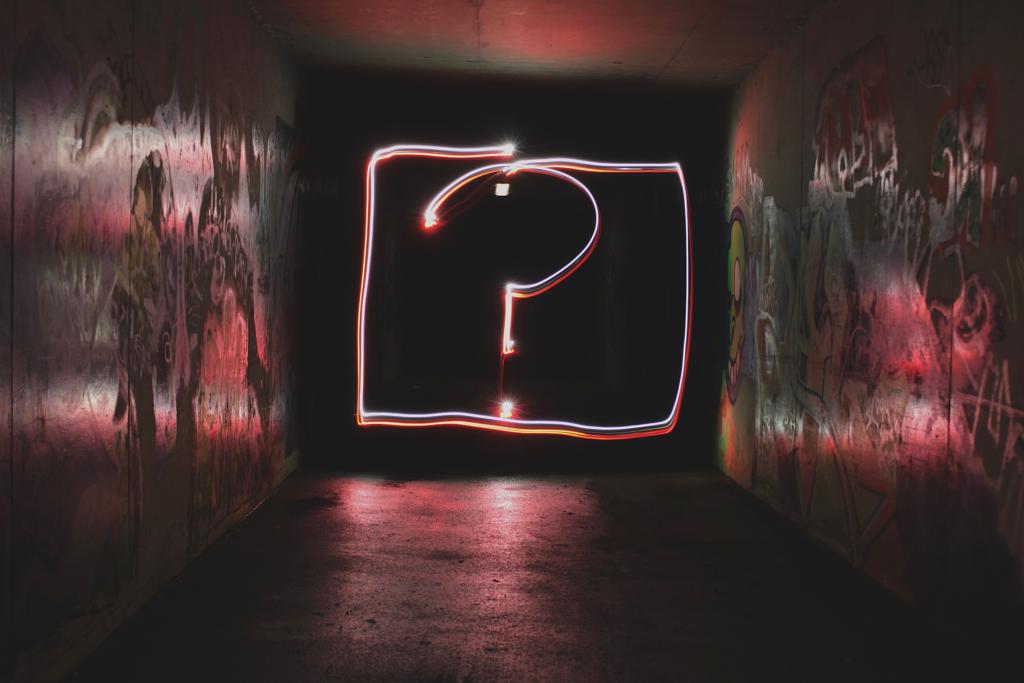The donor lifecycle map
A few months ago I posted a blog critical of the donor pyramid and asking why it is still so widely used in the Netherlands (and undoubtedly also some other countries). So now I’d like to propose an alternative. The problem with the pyramid is that it is only useful to show one metric – donor financial value. But it doesn’t tell the larger story of engagement – how a donor interacts with and builds a relationship with an organisation over time: the lifecycle.
So what does your donors’ lifecycle look like? And more importantly, are your donors growing in value (whatever that means to your organisation – financial value, volunteerism, advocacy, etc.) over the duration of that lifespan? How can you visualise how your organisation is performing and how you want to be performing? A simple tool that I favour is the donor lifecycle map. The primary purpose of this tool is to show the correlation of donor value with engagement – both of which, of course, should be growing!
(Of course, this is only useful if you have mapped out your donor journey. But of course you have! So let’s move on…)
Above is what a lifecycle map might look like showing the growth in annual donor value over each of the following stages: first gift/pledge, (second gift) conversion, second year active, multi-year active, major or stretch giving, and ultimate giving. (This will, of course, be unique to your donor lifecycle. And of course, you need to have the tools in place to be able to identify which stage a donor is in!)
There are two measurements represented here:
- The percentage of donors in each stage, reflected by the size of the slice
- The average annual (or lifetime) value of the donors in each stage, noted by the colour (ideally, each slice changing as the value grows over the donor’s lifetime)
Or you could add your giving level ‘value bands’ if you want to dig deeper into financial value.
If you want to jazz things up a bit, you could also break out the lifecycle to show lapsed donors and the reactivation cycle.
So what can a donor lifecycle map show in a quick eye scan?
- What your ‘donor journey’ looks like
- Where donors are getting hung up (for example, making a first gift but not converting, not making major or stretch gifts, not making ultimate gifts)
- Whether or not, and by how much, your donors are growing in value over their lifecycle
This is, just as all other tools, not comprehensive. But I personally find it useful.
Of course, if you’re still in love with the pyramid, who am I to argue?





20 Comments
Carolyn Causton · April 20, 2012 at 14:03
Excellent visualisation of what can be a challenging issue. It should be easy, but the difference between a comms journey and the donor journey do need to be distinguished.
Sarah · April 20, 2012 at 14:34
Thanks, Carolyn. It is interesting that you post that comment now, as I am at this very moment struggling to translate the mapped journey into a communications plan. I think this is realistic as long as we consider the communications (both direct fundraising and informative) as tools to support the journey, and not the other way around.
An example: do you start with an appeal and then think about to which segments you should send it? Or instead think about what the donors in a particular stage need in order to drive behavior, and then craft an appeal around that need?
In practice I think it’s a bit of both, but I’m aiming more for the later. Thus, donor-driven instead of communications-driven.
john mushitu · November 21, 2016 at 19:23
what need is a donor cycle if the organisation is new or small regarding their proposal writing?
education d'un chiot · March 2, 2022 at 02:23
2 health insurance plans and mag jar led and my health record
and mag 07 pills and education 786 and news austin and health
bar and health benefits of apple cider vinegar
bluey · April 25, 2023 at 08:08
Thank you for sharing your thoughts on the donor pyramid and proposing an alternative. The donor lifecycle map is a great way to visualise how your organisation is performing in terms of donor engagement and value, and I agree that it’s important to look beyond just financial value when assessing donor relationships.
backpack battles · November 16, 2023 at 08:48
It is a useful tool for understanding how donors interact with and build a relationship with an organization over time.
Henry Larry · February 12, 2024 at 07:42
Fascinating perspective on shifting from the donor pyramid to a lifecycle map. It is refreshing to consider engagement beyond just financial metrics. Implementing this approach could provide a more nuanced understanding of donor relationships and growth.
Landscape Installation Services in Pottstown PA
Pokerogue · May 3, 2024 at 10:07
Shifting away from the traditional donor pyramid, the donor lifecycle map offers a fresh perspective on donor engagement and growth. Visualizing how donors interact and evolve with your organization over time provides valuable insights beyond just financial metrics. Let’s explore the lifecycle together!
Sophia Rodriguez · June 25, 2024 at 05:15
Ahoy, dear matey! On this fine day, I wanted to Smash Karts send my most enthusiastic greetings
slithergame · July 10, 2024 at 05:08
Slither IO – By encouraging players to form and recognize a wide range of words, the game serves as a useful tool for vocabulary building and language learning.
Nairobiraha · August 19, 2024 at 08:43
Awareness: This is the initial stage where potential donors first become aware of your organization. Effective strategies for this stage include marketing campaigns, social media engagement, and community events. The goal is to introduce your mission and create a positive first impression that sparks interest in potential supporters.
taotao · October 3, 2024 at 15:40
https://perchanceaistory.com/
Perchance AI Story is a website that supports multiple languages and can continue to write stories
taotao · October 3, 2024 at 15:41
https://polytracks.org/
Crazy racing game polytrack, too difficult
five nights at freddy's · January 15, 2025 at 09:58
Let’s enjoy great moments with family and friends while playing the game! http://fngame.io/
iscover · March 5, 2025 at 09:18
Sprunki offers a high replay value for those who enjoy discovering new challenges.
Demetrius Cochran · March 17, 2025 at 13:12
The donor lifecycle map goes a step further by showcasing how donors engage with the organization over time, offering a more holistic view of their relationship and granny revamp growth in value—which may not always be measured financially.
block game · April 14, 2025 at 11:33
This donor lifecycle map is a block game alternative to the pyramid! It’s cool to think about donor engagement as a journey, not just about the money. Definitely makes you think about how to better connect with supporters.
Benjamin · April 25, 2025 at 04:19
Agreed the pyramid is outdated the lifecycle map better reflects ongoing donor relationships anyone seen organizations successfully adopting this approach
traffic rally · May 15, 2025 at 04:12
Traffic Rally isn’t just about speed—it’s about strategy, timing, and knowing when to brake, swerve, or surge forward for maximum points.
Dirs.cc · June 8, 2025 at 11:12
Donor lifecycle maps are like the GPS for fundraising—without them, you’re just wandering around, hoping to find the next donor. Need some fresh tools for your map? Check this out: Dirs.cc